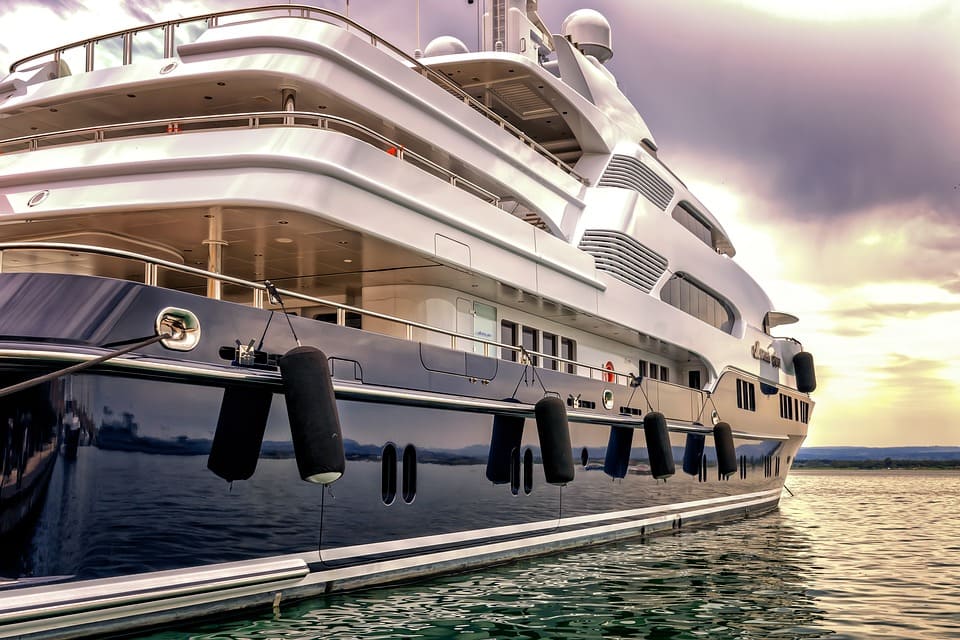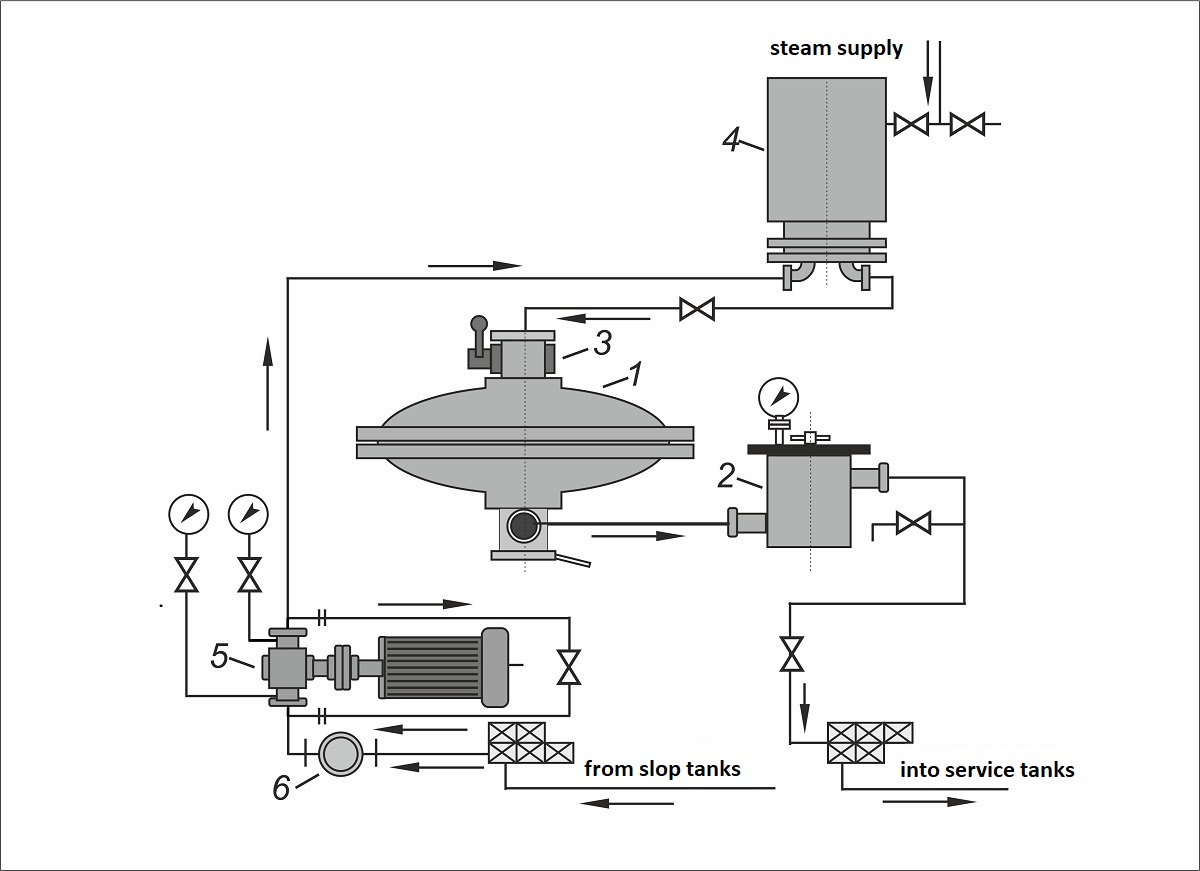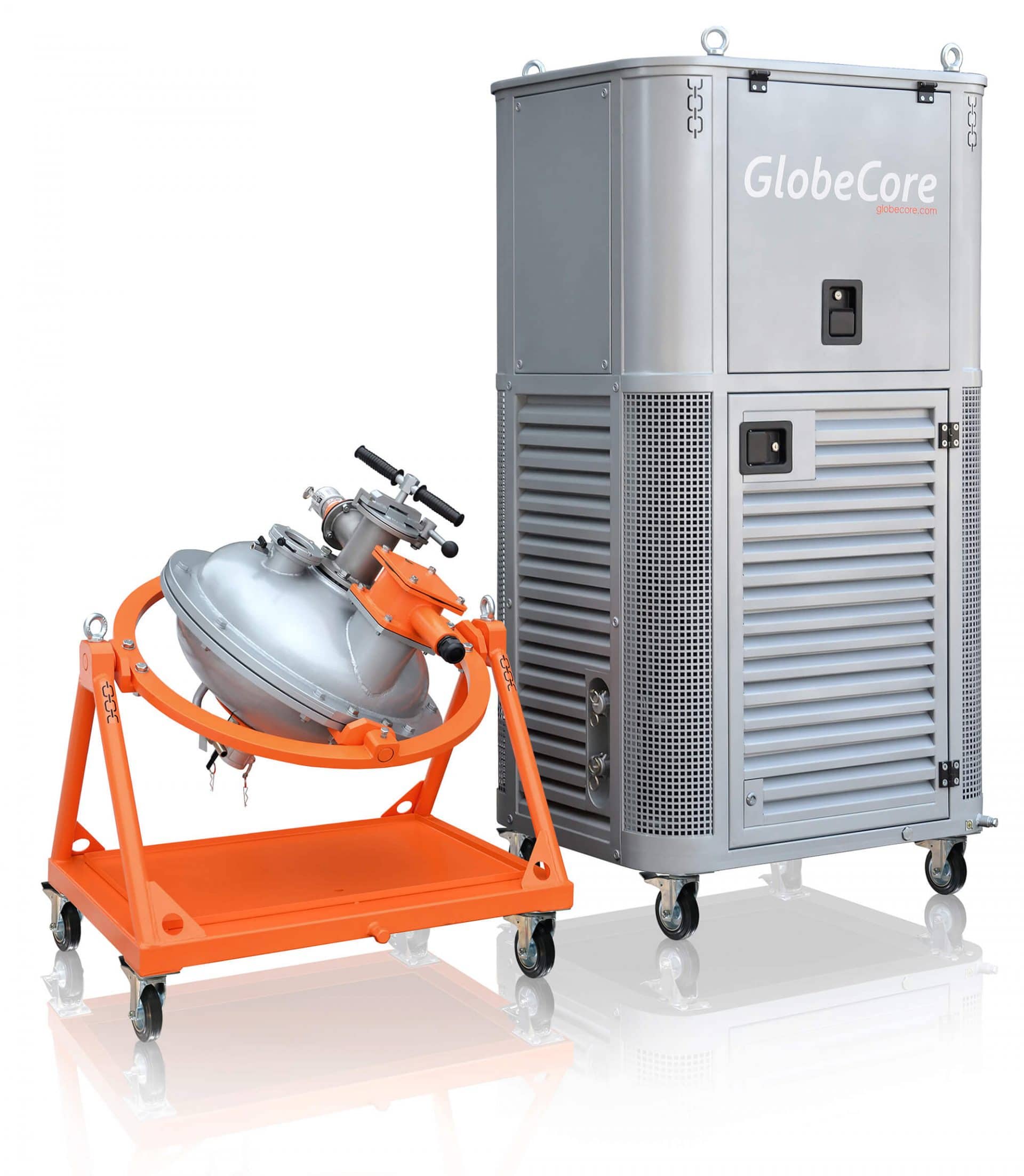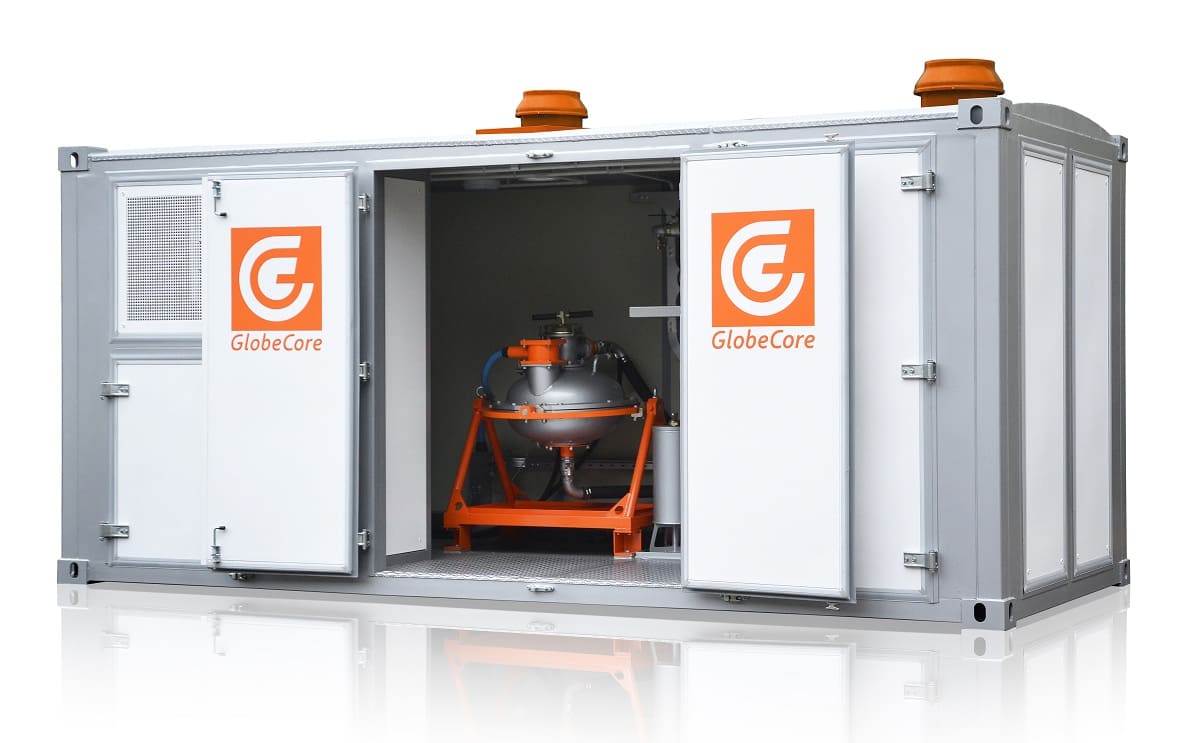For the purposes of practical applications of ferromagnetic particles vortex layer devices, we would like to speak about the area such as fuel preparation on ships.
Types of marine fuel
If we compare a ship with a motor vehicle by special aspects of fuel consumption, two important differences can be highlighted. The first difference is that ships are more undemanding about the type of utilized fuel. Their power plants can operate with different fuels:
- Diesel fuel (light fuel);
- Fuel oil (heavy fuel);
- Various mixtures of hydrocarbons, including a mixture of diesel fuel and fuel oil.
A motor vehicle engine is usually designed for consuming one type of fuel — gasoline, diesel fuel, biodiesel.
The second difference is that a motor vehicle searches for a filling station to refuel. And in the case of a ship, a filling station finds it by itself. A special refueling ship acts as “a filling station” and transports marine fuel in tanks, and each tank is designed for a certain type of fuel.
At motorway filling stations, as a rule, fuel already has the required level of quality; the engine can be filled therewith and get started. The situation is slightly different for ships, because fuel preparation is required.
Marine fuel preparation — main problems
Let us discuss an example with bunker fuel oil. The quality of this petroleum product deteriorates during transportation and storage. Oxidation and polymerization reactions occur in fuel oil and result in hydrocarbons changing into solids and precipitating. In the cold season, fuel oil is heated in railway tanks using heated steam; at the same time, fuel oil is water-cut. In the worst cases, the amount of water in bunker fuel oil can reach 10–15%. Moreover, bunker fuel oil is a viscous substance as such. And in order to ensure that it is pumped from a refueling tanker to a ship, steam heating is required as well. It entails additional water-cutting. Water-cut fuel oil burns poorly, the flare is blown out all the time. Fuel is consumed in excess due to insufficient burning. The mechanical impurities getting into marine fuel during storage and transportation affect the completeness of combustion. Therefore, fuel preparation is required before combustion in ship power plants.
Conventional schemes for marine fuel preparation
Before combustion, marine fuel must be cleaned of mechanical impurities, and water must be removed. The use of water-cut fuel is allowed as well, but in this case, it is necessary to obtain a stable and homogeneous water-fuel emulsion. The use of water-fuel emulsions in ship power plants has additional advantages:
- reduced amount of harmful emissions;
- higher efficiency of fuel atomization;
- increased stability of fuel combustion.
When choosing the first option, i.e. when using pure marine fuel, separators are utilized for its preparation. This method is characterized by the loss of 2–3% of the combustible matter of fuel which settles out in the form of sludge, as well as by the difficulty of separation waste disposal.
Fuel preparation in the form of a water-fuel emulsion is carried out using homogenizers. But these devices require powerful drives to operate, and the equipment capacity still remains low.
Vortex layer device as an alternative to conventional methods of fuel preparation

Like separators, AVS works based on principles of physics as well. But in this respect, one physical phenomenon gives rise to the other, and due to the influence of these phenomena on marine fuel, the efficiency of its preparation considerably increases.
In terms of design, a vortex layer device constitutes an electromagnetic field inductor, an operating chamber, and ferromagnetic particles placed into the operating chamber. When voltage is applied to the inductor winding, a rotating electromagnetic field emerges in the operating chamber and sets ferromagnetic particles in motion along complex trajectories. A change in the motion direction occurs due to constant collisions of particles with one another, with the operating chamber walls, and with particles of processed substance. At this time, the physical and chemical processes discussed above occur in the operating chamber. For example, when entering an alternating electromagnetic field, ferromagnetic particles develop magnetostriction; it means their volume and linear dimensions begin to change. These changes lead to acoustic vibrations. Furthermore, high local pressures, intense impact effects of ferromagnetic particles on the particles of processed substance, water electrolysis, etc. occur in the operating chamber. These processes lead to intensive mixing and dispersion of fuel. Entrapped asphalt and resin, water and mechanical impurities are ground and evenly distributed over the fuel volume.
And now let us turn to practical results of using the vortex layer devices in marine fuels preparation. Let us discuss how fuel preparation is performed drawing on the example of fuel oil.
Process flow diagram for bunker fuel oil preparation
One of the possible options of a process flow diagram for water-cut fuel oil preparation by means of vortex layer devices is shown in Figure 1.
Figure 1 – Process flow diagram for preparation of water-cut bunker fuel oil by means of ferromagnetic particles vortex layer devices: 1 – AVS-100 vortex layer device, 2 – magnetic filter, 3 – batcher, 4 – fuel heater, 5 – pump, 6 – coarse filter
From settling tanks with the fuel oil heated therein to the temperature of 40–45 °С, fuel oil is fed into a fuel heater with a self-contained fuel feed pump, and from there to AVS-100 vortex layer device. After that, the fuel enters daily supply tanks of the main engine. A magnetic filter is required for removing ground ferromagnetic particles from the fuel.
Results of testing a vortex layer device in actual practice
Operational tests of vortex layer devices were carried out at the Latvian steamship company, the Friedrich Zander tanker. Optimal parameters for vortex layer device operation were obtained during the tests:
- capacity — 5–6 m3/h;
- temperature of fuel oil preparation at AVS inlet — 80–85°С;
- weight of ferromagnetic particles in the device operating chamber — 250 g.
AVS-100 device operated 4 hours a day. This period of time is sufficient to prepare 24–25 tons of heavy fuel for the main engine. It was found that during the fuel preparation in AVS-100, a finely dispersed water-fuel emulsion resistant to breakdown was formed; the combustion thereof does not cause complications, and the fuel equipment operates smoothly. The results of microscopy of fuel oil samples showed that about 75% of particles of mechanical impurities and entrapped asphalt and resin are ground to a size of 1 micron or less, and the remaining 25% are ground to a size of 3–5 microns.
Testing the samples of water-cut fuel oil processed in AVS-100 showed that after 10 days of storage, no considerable coagulation of mechanical impurities and no coarsening of water globules occurred.
Furthermore, the combustion efficiency of water-fuel emulsion was studied depending on the water content in fuel oil. It was found that water-fuel mixtures prepared in AVS-100 with the water content of up to 25% were finely dispersed and resistant to breakdown. Their combustion in auxiliary boilers proceeded without complications; the flare did not pulsate; the ignition proceeded smoothly, and burning was smokeless.
GlobeCore carried out tests for obtaining the water-fuel emulsions based on diesel fuel and water. The obtained results indicate that a vortex layer device is versatile and can be used even in preparation of marine diesel fuel.
Advantages of vortex layer devices in marine fuels preparation
- A vortex layer device is pressure-tight and has no dynamic seals: the process is carried out inside the pipeline run through the central hole of the inductor.
- The power consumption of AVS-100 vortex layer device is 4.5 kW, and the optimal capacity is 4–5 m3/h. It means the specific energy input will be not more than 1.1 kW • h/ m3 which is ten times less than that of conventional marine fuel preparation devices.
- Due to fine dispersion and intensive mixing, one AVS can replace several devices at once in fuel preparation processes: (fine filters, separators, etc.).
- If AVS is applied, there is no waste fuel which is present when separators are used.
- The processes of obtaining finely dispersed emulsions and suspensions are accelerated a hundred times in AVS due to the intensifying factors in the operating chamber.
- Fuel processing in a magnetic field prevents resin and paraffin depositions.
- Reduction of harmful emissions into the atmosphere due to production and subsequent combustion of finely dispersed and stable water-fuel emulsions.
For further information, please contact us using some of the contact details which you can find in the appropriate website section.



 AVS-100 Mixing Machine. ...
AVS-100 Mixing Machine. ... AVS-150 Chemical Mixing ...
AVS-150 Chemical Mixing ... AVSk-150 Wastewater Treatment ...
AVSk-150 Wastewater Treatment ...